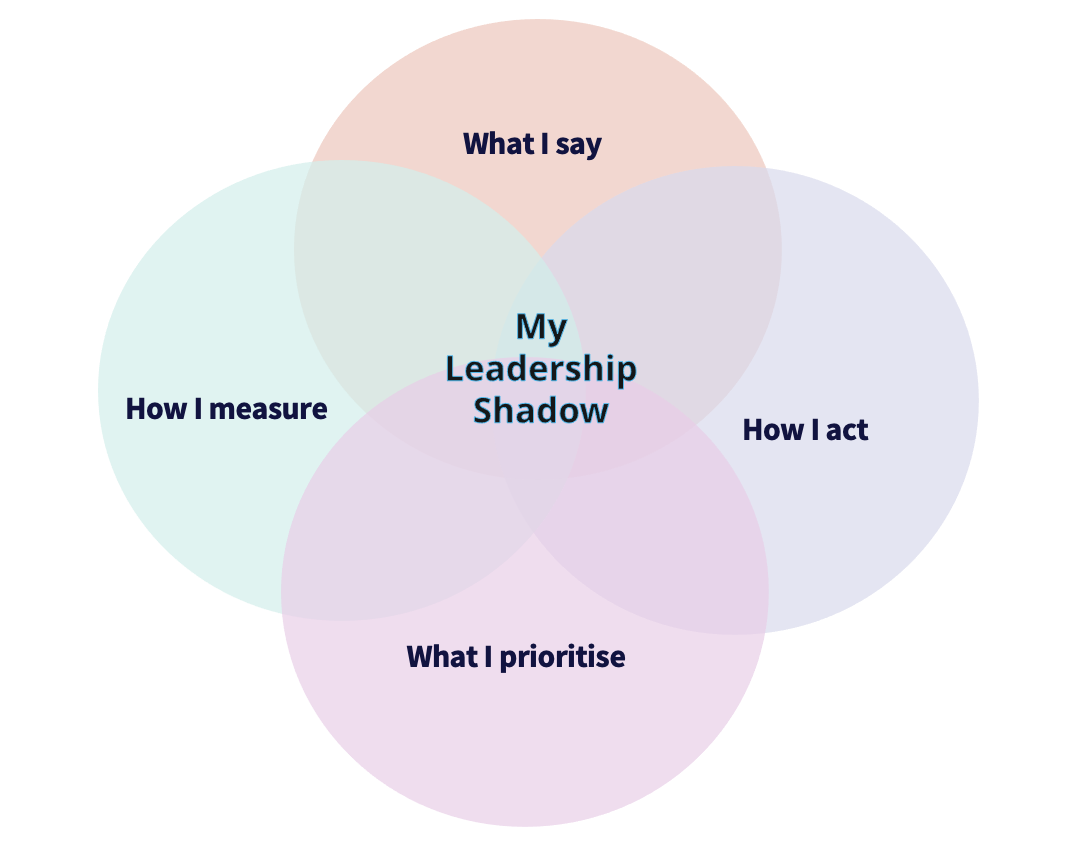What is organisational leadership?
What does it take to be a leader in promoting safe, respectful and inclusive workplaces? A strong understanding of the key drivers of workplace sexual harassment is a good and important starting point.

What does it take to be a leader in promoting safe, respectful and inclusive workplaces? A strong understanding of the key drivers of workplace sexual harassment is a good and important starting point. Leaders can’t be leaders without an understanding of what they are leading in!
Having a baseline understanding of what causes and enables sexual harassment in the workplace is critical for all leaders.
Gender inequality is at the core of sexual harassment. Being a leader means, first and foremost, prioritising gender inequality and recognising where there are power imbalances in your organisation. Power imbalances exist in all organisations. They are unavoidable. Power imbalances aren’t necessarily a bad thing but abuse of power can lead to sexual harassment. Being a proactive leader that prioritises gender equality and leads by example is essential to driving change.
Leading by example
Leaders set the tone and direction of an organisation from the top. They must demonstrate clear and visible support for actions targeted at preventing and responding to sexual harassment.
Leaders should be role models of respectful behaviours every day. They should aspire to build trust and engagement with their employees and to lead without compromising their beliefs and values. 3 important dimensions to focus on include:
- lead yourself – leaders are accountable for their own actions
- lead your people – leaders are accountable for those they lead and influence
- lead your organisation – leaders are accountable for shaping culture.
For leadership to deliver lasting performance improvement, leaders must understand the impact their behaviour has. The Leadership Shadow model was developed by Champions of Change Coalition and Chief Executive Women to support improvements to gender balance. Under this model, the 4 elements that make up the Leadership Shadow are:
- what we say
- how we act
- what we prioritise
- what we measure.
These determine the appropriate leadership behaviours and actions for prevention of and response to sexual harassment. We have adapted the Leadership Shadow model to be directly applicable to sexual harassment to help leaders see the shape, clarity, and reach of their own leadership shadow.

Snapshot of the Leadership Shadow Model
- Being vocal
- Clear communication
- Speaking up
- Encouraging others
- Transparency
- Sharing progress
- Setting the example
- Challenging poor behaviour
- Demonstrating sensitivity
- Celebrating progress
- Encouraging diversity
- Establishing best practice
- Making information accessible
- Encouraging learning and change
- Risk management
- Utilising feedback loops
- Understanding intersectionality
- Collaboration with industry
- Investing in data collection
- Measuring leader impact
- Committing to staying informed
- Using data-led decision making
The full Leadership Shadow Model applied to sexual harassment can be downloaded here.
Processes and practices within your organisation that affect leader behaviour must also be considered.
Some examples are listed below:
- Recruitment processes and criteria.
- Leader training and education, including initiating conversations with workers and responding to reports of sexual harassment.
- Setting clear and unambiguous leader expectations, accountabilities and responsibilities.
- Remuneration and reward schemes that recognise leaders who foster respectful behaviour and who act to prevent and effectively respond to sexual harassment.
- Providing support and responding effectively to reporting of sexual harassment.

